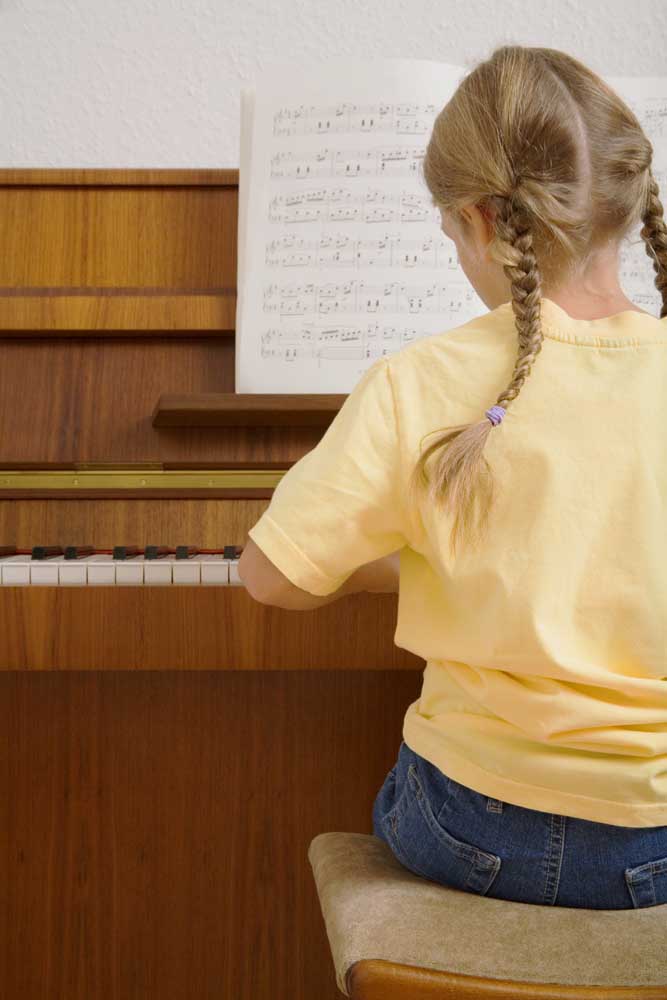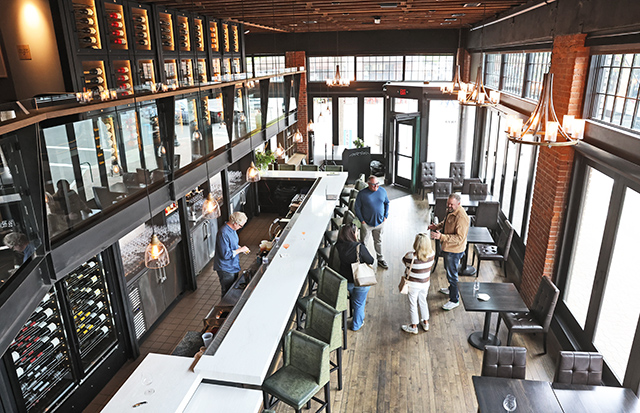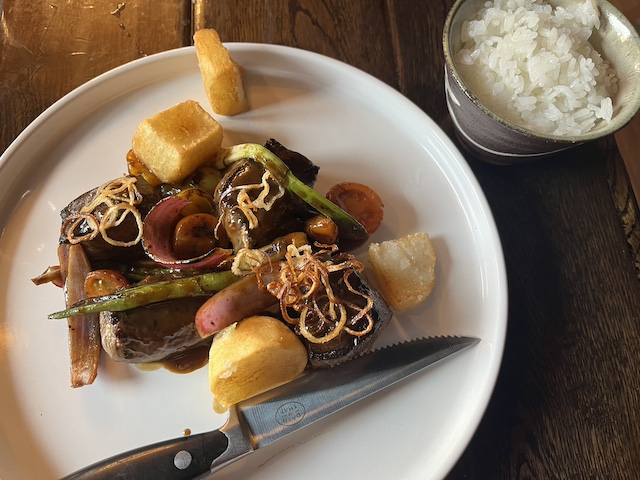How to decide which piano is best for your family, home
Published 12:00 am Sunday, March 9, 2014

- ThinkstockBuying a piano, even a used one, often means wading through an array of brands.
Shopping for a piano can be incredibly overwhelming because the range of prices for a new one can be anywhere from $2,500 all the way up to $2 million. Add in used pianos, and the price range expands.
There are also thousands of brands, and if you don’t know what to listen for, you may think every piano (regardless of price and brand) sounds the same.
“It’s kind of like shopping for anything,” said Pierre Julia, owner of Pierre’s Fine Pianos, based in Los Angeles. “The range of quality goes from made-in-China to hand-built in Europe.”
The first thing to decide before you begin shopping? Your piano’s use.
“I notice that parents tend to buy digital pianos like keyboards because they don’t require tuning,” said Dina Paolucci, founder of the New York Piano School. As opposed to a real piano, which can easily start at $2,000, a full-size keyboard costs around $200. Because a piano should be tuned twice a year at a minimum of $100 a pop, the keyboard saves a significant amount of money — and it’s not necessary to buy a real piano until the child starts learning more advanced pieces in his second or third year of study, said Paolucci, who recommends a Yamaha or a Casio weighted keyboard because they feel similar to an actual piano.
Another popular option for people who want to buy a piano so that children can learn to play — or for fun — is to buy a used piano.
The first thing you may notice when shopping for a used piano is the overwhelming array of piano brands. That’s because many piano companies were only in business for a few decades at a time, though pianos can last for more than a century if they are tuned and kept in a stable room in the house.
“What I tell customers is to not worry so much about the brand, but to look at each individual piano as a separate entity,” said Newell Hill, executive director for Keys 4/4 Kids, a nonprofit organization based in Minnesota with locations in Chicago and in Kansas City that sells donated used pianos — and gives 100 percent of the profits to support various music and arts programs for children.
But there are ways to tell if the used piano will last over time.
“One thing you do want to worry about is the pin block, which is where the pins go into the piece of wood,” Hill said. “If there are cracks, it won’t be able to stay in tune.”
There are other ways that anyone, even without experience or a piano technician, can tell if a piano is good.
“Each piano has its own unique sound. Some have a richer tone, and that’s preferable than a pin-ier, twangy sound,” Hill said. “Some have a lighter touch, some have a heavier touch.”
If you go from piano to piano, touching them and playing them — even if you really don’t know what you’re doing — you’ll start to hear a difference in the sounds, and you’ll be able to tell the ones you like from the ones you don’t. Hill said that a decent used piano starts at around $500.
A new decent piano starts at around $2,500 — and for that price, you’d be looking at a Pearl River piano, said Sam Kruegel, salesman for the DC Piano Co. in Berkeley, Calif. The reason the price is relatively low is because Pearl River pianos are made in China.
So if you have a home with wooden floors and high ceilings where the sound is bound to echo, this piano is probably not a great choice because the bright sound will become even brighter in a room not curbed by carpeting.
For those homes, it would be better to go for an American-made Mason & Hamlin piano, which starts at $4,000 for an upright and can go all the way up to $35,000 for a grand piano.
It has such a huge price range because of the variability of the parts and the craftsmanship, just like a car, Kruegel said.
There are also the Japanese pianos — Yamaha and Kawai — which are excellent brands, said John Duffy, owner of Londonderry Piano in New Hampshire. Decent Yamaha or Kawai pianos would cost around $7,000 when bought new, he said.
“The rule of thumb is to buy the best piano you could buy at the time,” Duffy said. “Most people are not going to buy a better one later because the roof needs repairing or the kid needs braces.”






